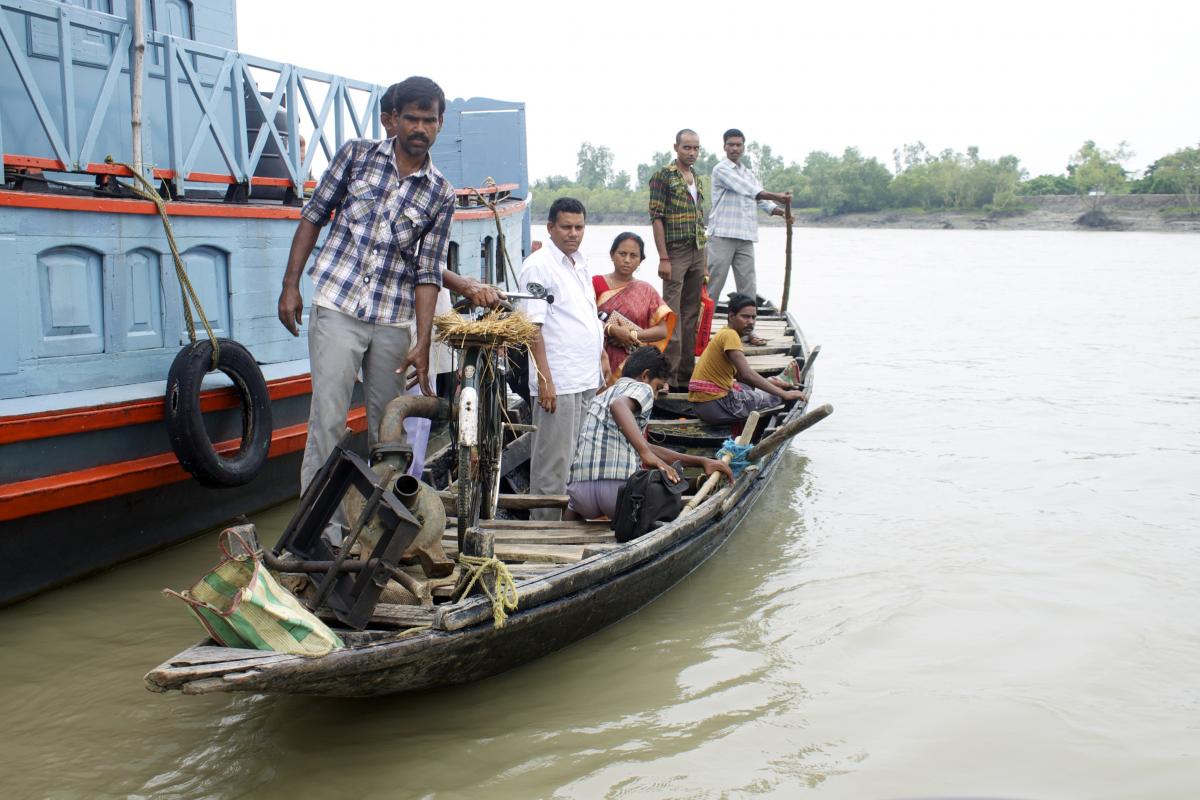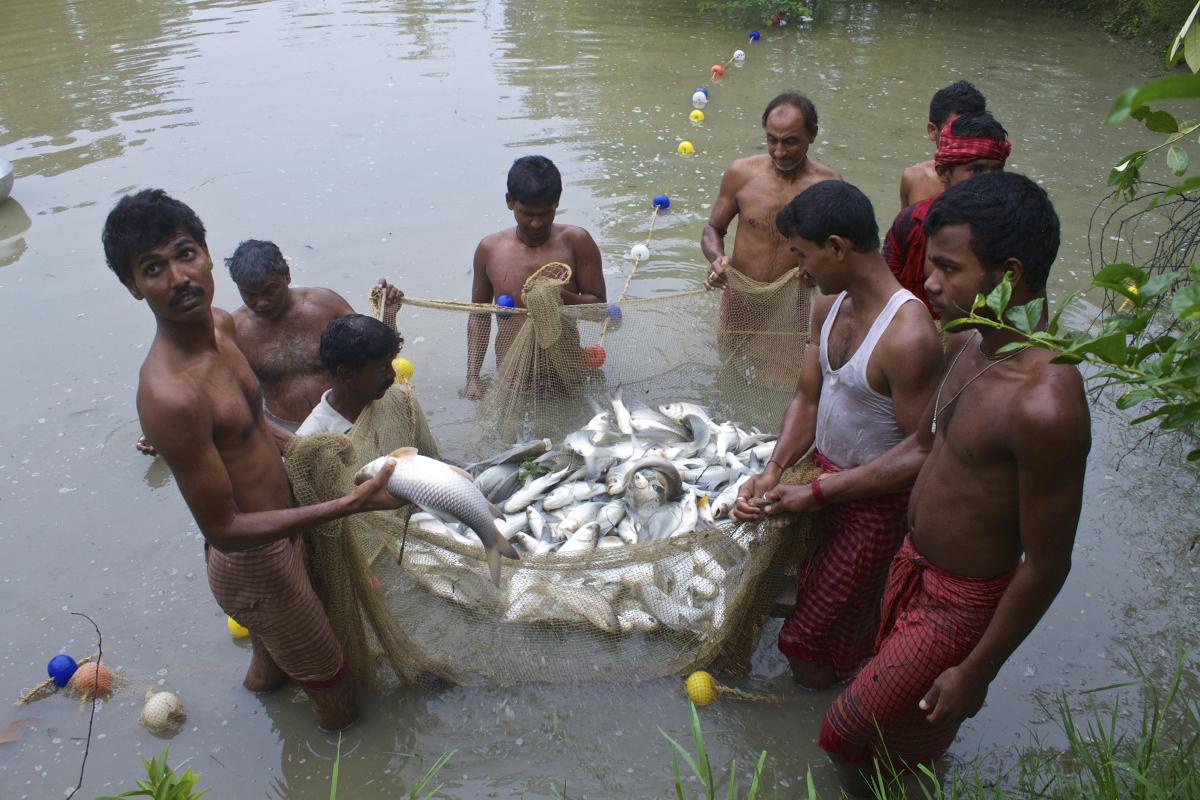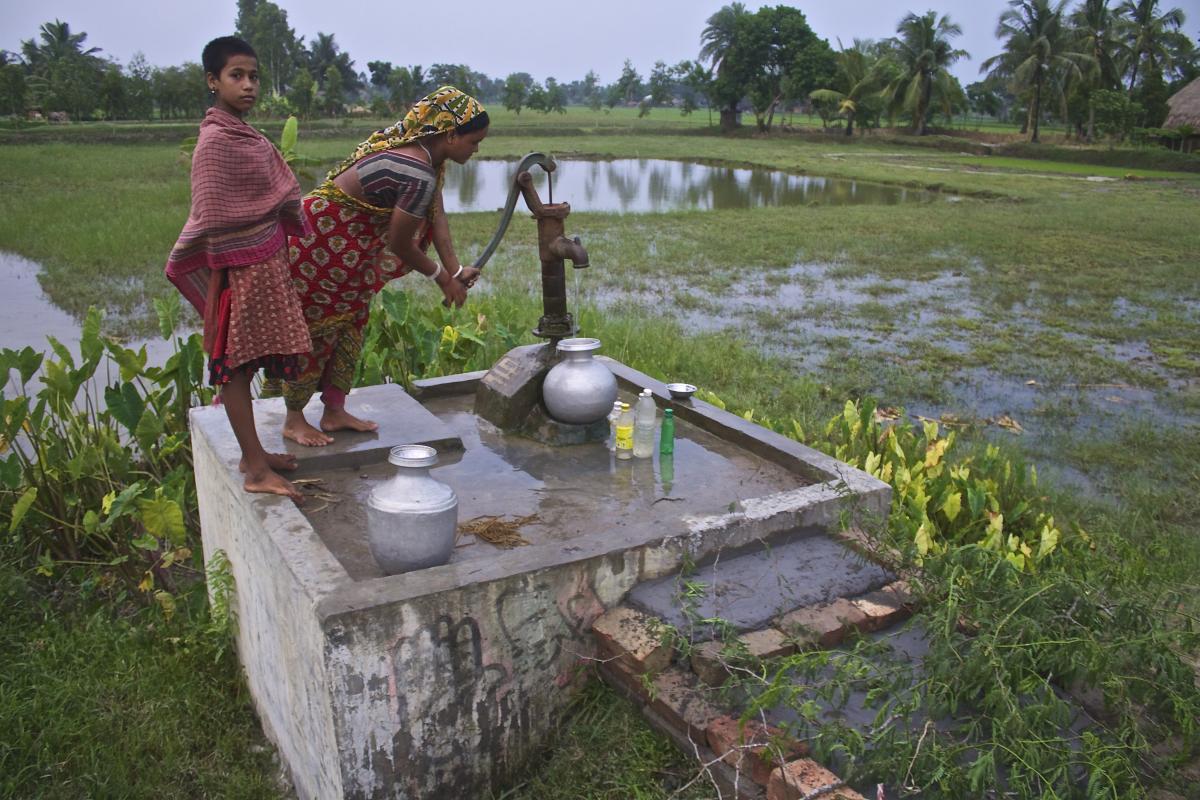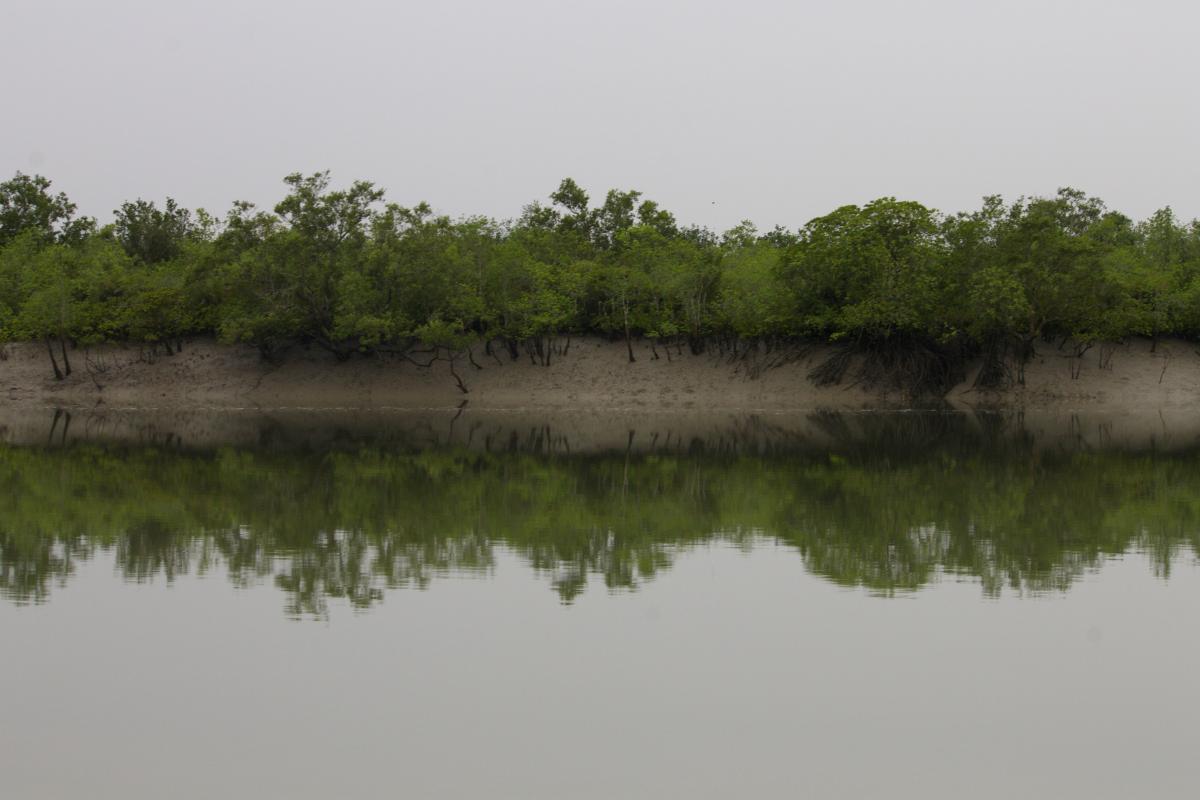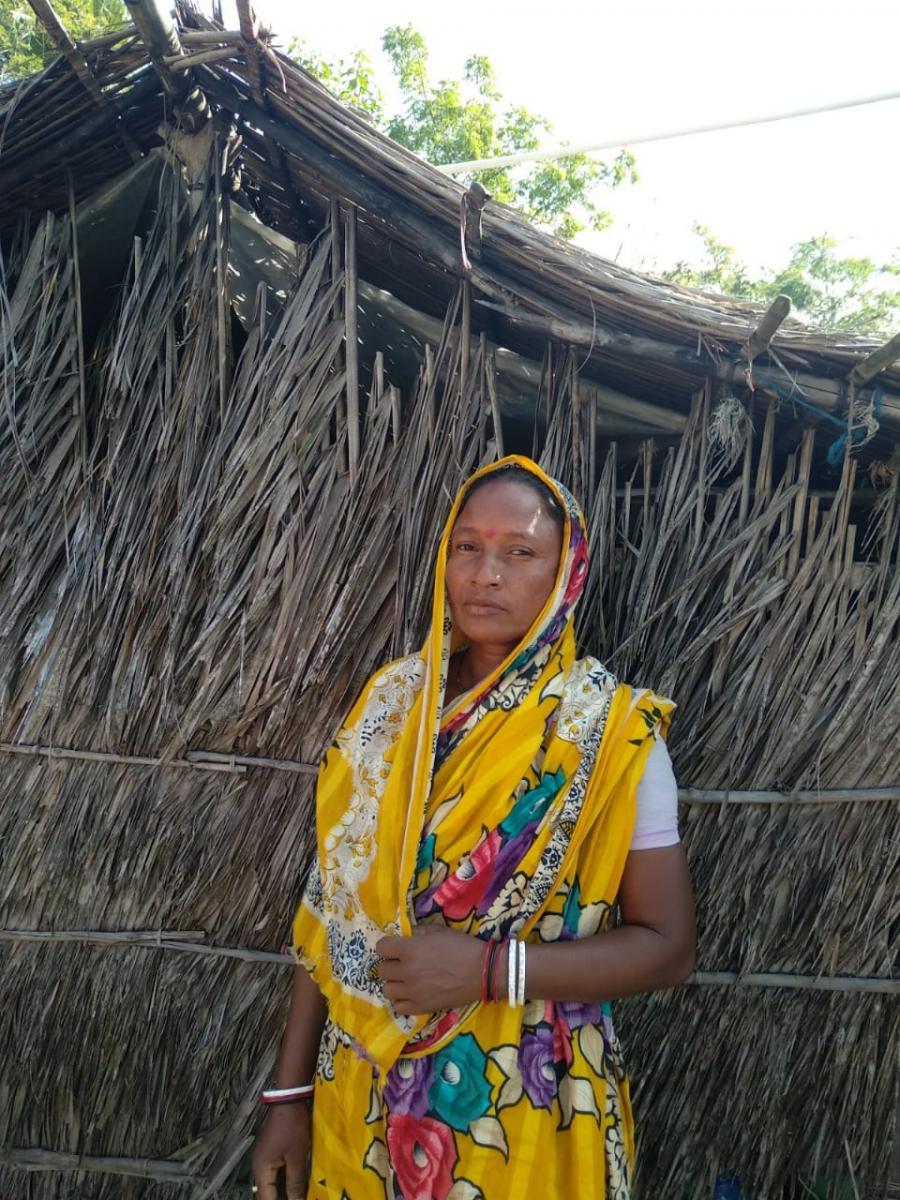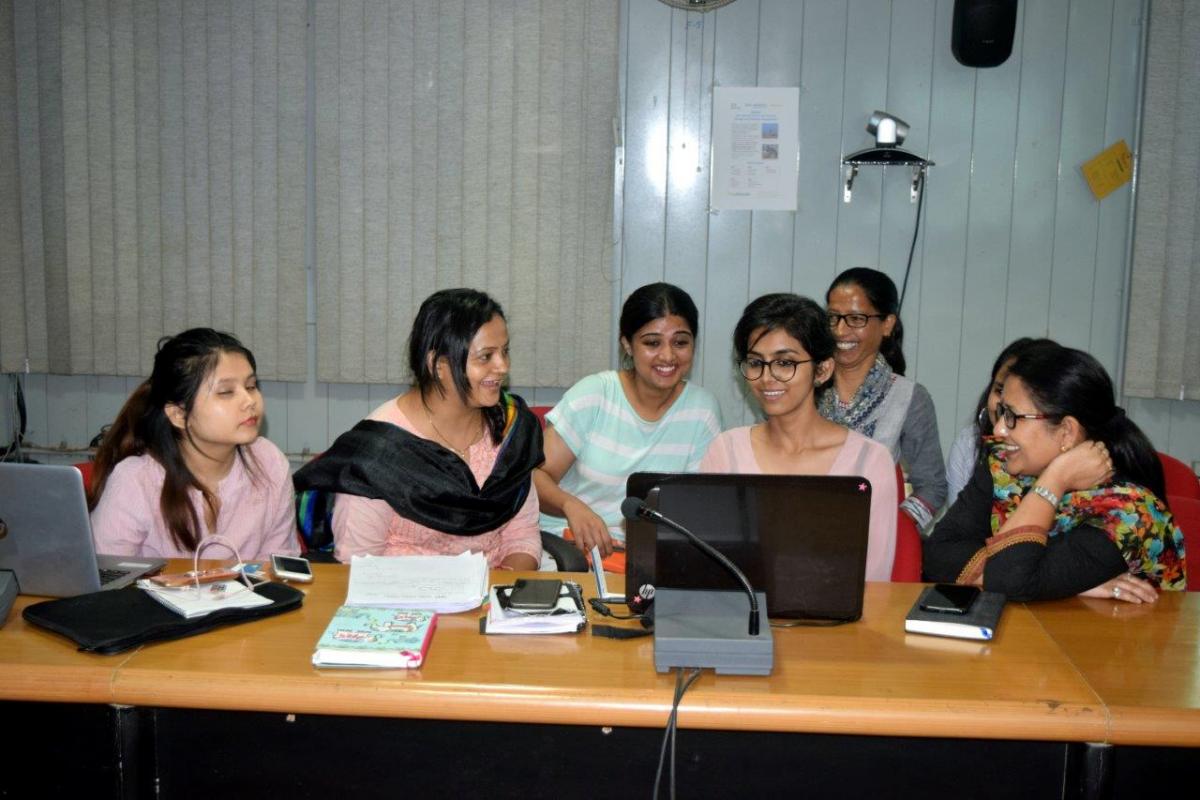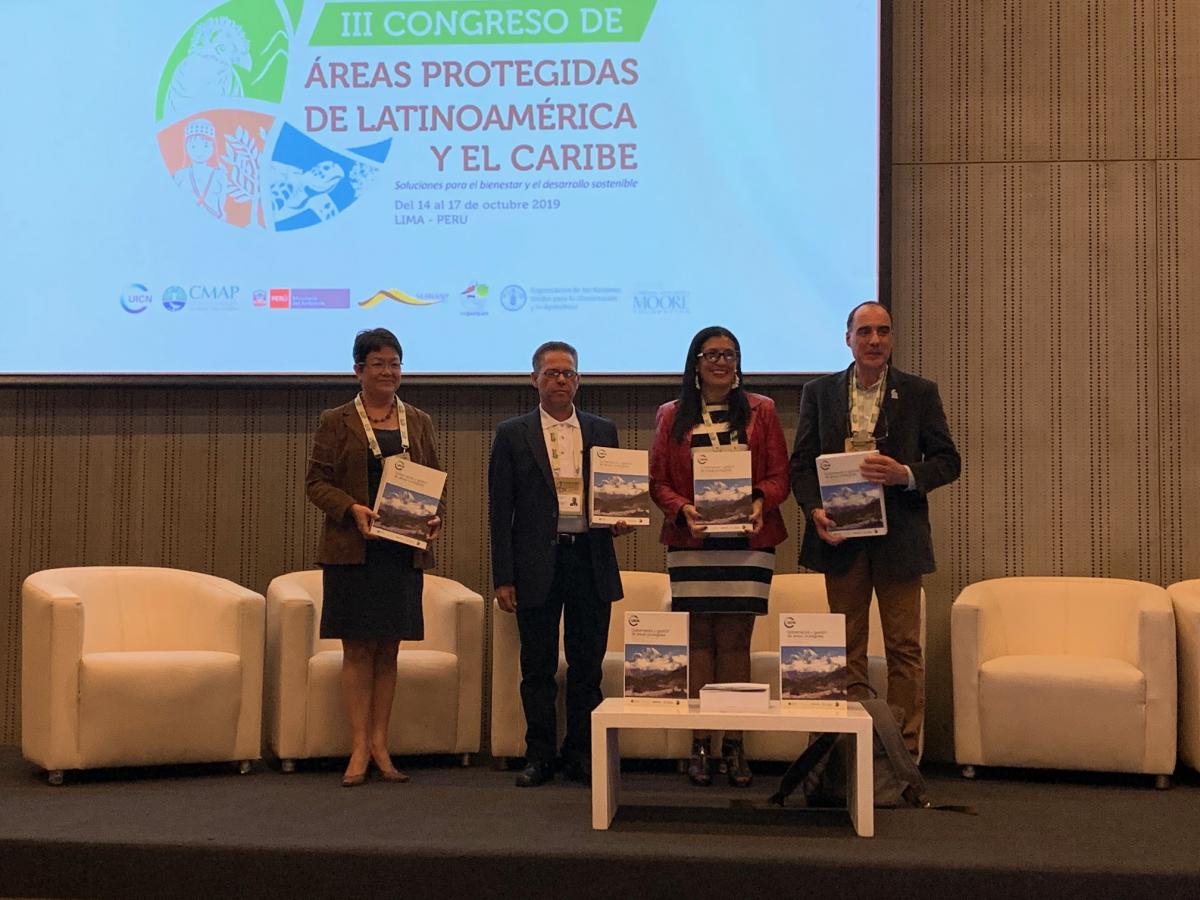Community conservation in the Indian Sundarbans
In April 2017, Springer Journals published a special edition on Wetland Science: Perspectives from South Asia. IUCN, in partnership with the Sundarbans Biosphere Reserve (SBR), Government of West Bengal, contributed a chapter on Participatory Wetland Management: A Solution to Conservation Challenges in the Sundarban Biosphere Reserve. The content is based on the results of a two-year joint project undertaken by IUCN and SBR in the Sundarbans mangrove ecosystem located in West Bengal.
Healthy wetlands support ecological and human well-being, delivering services for people, livelihoods and businesses. Conventional approaches to wetland conservation have often centered on protected areas. However, studies around the world are establishing that community participation, knowledge and practices are fundamental to effective wetland conservation and should be understood and strengthened.
Community-based management in the form of the Joint Mangrove Management (JMM) program was piloted in seven mangrove wetlands in India – including the Sundarbans – by the M. S. Swaminathan Research Foundation (MSSRF) and State Forest Departments between 1996 and 2004.. In 2013, the Forest Survey of India reported that national mangrove cover had increased by 616.56 km2, emphasizing the catalytic role of the JMM program.
In 2013, the West Bengal Forest Department, through SBR and the IUCN and UNDP Mangroves for the Future (MFF) joint initiative, partnered to implement a Large Grant project towards, amongst other goals, strengthening the institutional and infrastructural arrangements for conservation of the Sundarbans mangrove ecosystem. These interventions derived their basis from initial learnings developed through a Small Grant project aimed at assessing the effectiveness of introduced livelihood programs in the region. World Wide Fund for Nature (WWF) India partnered with IUCN and SBR to assess the effectiveness of JFMCs in conserving natural resources in the Sundarbans.
The chapter reflects the study results of the assessment which demonstrated that community-centered conservation efforts in the Sundarbans are somewhat inconsistent. However, it is clear that where they are operationally strong, participatory management interventions are having visible positive impacts on wetland biodiversity and wise use of resources.
Chapter citation: D'Souza, N. M., Ishwar, N. M., Sumra, I., Vyas, P. 2017. Participatory Wetland Management: A Solution to Conservation Challenges in the Sundarban Biosphere Reserve. In, Prusty, B. A. K., Chandra, A., Azeez, P. A., eds. Wetland Science: Perspectives from South Asia, New Delhi: Springer India, pp. 575 – 587
Click here to access the book.
For further information contact:
Nisha D’Souza
Small Grants Officer, MFF, IUCN India
E: DSouzaN@iucn.org
